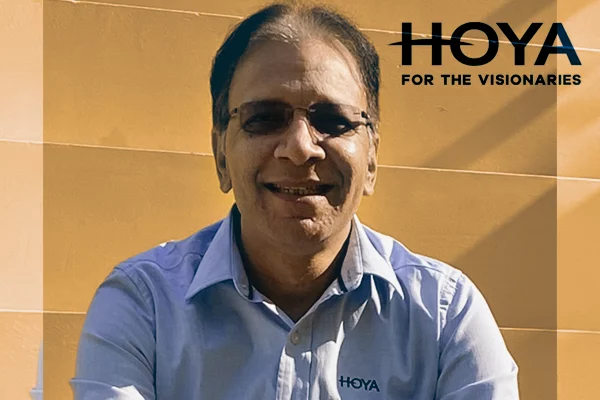In the year 2018 the World’s top exports website reported that, top sunglasses exporters globally were Italy (US$2.8 billion) and China (US$1.6 billion) accounting for 39.9% and 22.4% of the global sunglasses market. And this closely followed by Hong Kong by 11% of market share. With exports from all of these major nations being hit by the COVID-19 Pandemic, how will this impact the global market and other manufacturing companies like India? A question, that’s not really easy to answer
In an ideal global economic scenario, where competition is healthy and natural, when one region suffers, there’s normally the benefit derived by another region. However, subsequent lockdowns in all regions, sort of nullifies this effect.
There are couple of global factors at play:
1. The lockdown is GLOBAL in nature, which means Chinese factories even though open are bearing the brunt of low to no demand from their global consumers.
2. Hence, no export orders will go to other manufacturing countries as well for a while.
The entire supply ecosystem is interlinked now. Every moving part needs to be working to ensure efficient supply. This is the first time we are seeing a supply side disruption of this magnitude across the world which is now being amplified with a collapse in demand.
The Indian manufacturing system relies on some element of Chinese material inputs to complete the manufacturing process for 99% products. This will get affected as logistics, customs etc. take time to clear out and India is able to access the same.
“In India, the lockdown which has disrupted supply chains/labour etc will take at least 6-8 weeks to recover meaningfully. Consumers will be spoilt for choice once things open which presumably will be in a staggered manner rather than a straight away opening of everything on 15th April
Buying power which was low anyways will take a while to kick in for consumers. With a poor economy and monsoon on the bend, it is prudent to expect that consumers will spend cautiously. Consumer psyche is bound to get affected in the short term.
There is a lot of uncertainty for India as to how markets will behave. For India, this is the best time of the year for the sunglasses business and this season is cut short for sure.

On the flip side, it is possible that consumers may avoid malls for a while due to extended social distancing measures, which will help high street ECP’s who are able to cater to consumers more effectively with greater product depth and customized service. It will be very interesting on the other side of this lockdown. We all await the new normal”, according to Bhavin Kothari on Iris Brands, India.
When things get back to normal, the sale of prescription frames may not change too much. However with children spending too much time indoors, there’s bound to be some effect on the health of their vision. Only time will be able to share what those numbers are.
If we were to consider the number of opticians across India at a conservative figure of 35,000 and having 3 employees as an average, we are talking of about 100,000 people directly employed and then the indirect ones like the families they support.
The government’s stimulus is predominantly for organisations with 100 odd employees and the lower socio economic background families, registered under the various benefit schemes. As for the relief package, one of the suggestions by economists was to consider some relief measures for all those registered even under the shops and establishments act.
This would have practically included all the retailers. Most would have already paid taxes as it is almost the end of the financial year and do not fall under the compliance regulations of companies.
It’s too early to really assess the impact of the pandemic, so trying to assess the impact of the economic relief would be almost impossible but the situation does warrant some sort of thinking and planning from a long term perspective and some way to protect the industry.












